Stupid Question about sunlight
scraplolly
15 years ago
Related Stories
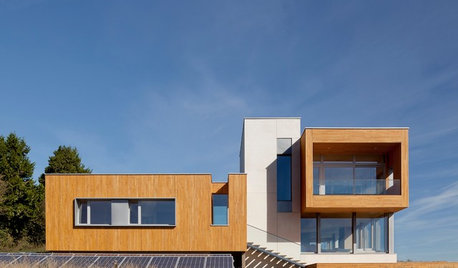
GREEN BUILDINGSunlight Used Right: Modern Home Designs That Harness Solar Power
Embracing passive heating principles through their architecture, siting and more, these homes save energy without skimping on warmth
Full Story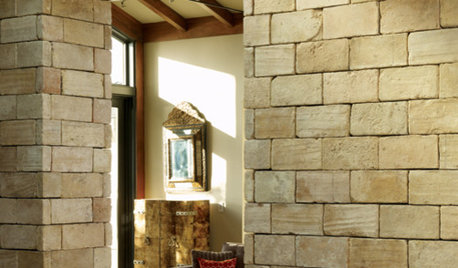
REMODELING GUIDESArchitect's Toolbox: Wash the Wall With Sunlight
Enrich your home's spaces and surfaces with a natural light show
Full Story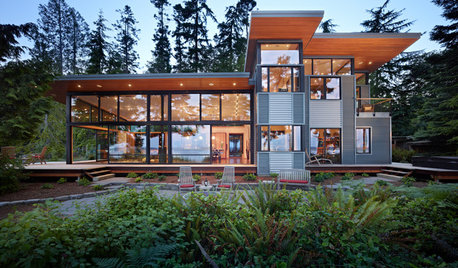
ARCHITECTUREWhat You Must Know About the Sun and Your Home
Learn about the powerful effects of sunlight on house materials and more, and see 7 homes that address the sun's rays beautifully
Full Story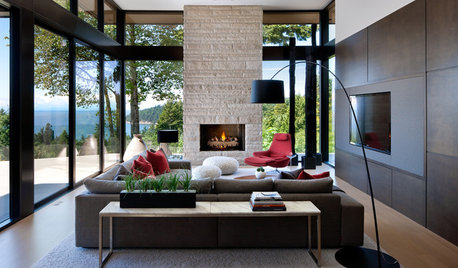
WORKING WITH PROS9 Questions to Ask a Home Remodeler Before You Meet
Save time and effort by ruling out deal breakers with your contractor before an in-person session
Full Story
DOORS5 Questions to Ask Before Installing a Barn Door
Find out whether that barn door you love is the right solution for your space
Full Story
GARDENING GUIDESNo-Regret Plants: 5 Questions Smart Shoppers Ask
Quit wasting money and time at the garden center. This checklist will ensure that the plants you're eyeing will stick around in your yard
Full Story
SELLING YOUR HOUSE15 Questions to Ask When Interviewing a Real Estate Agent
Here’s what you should find out before selecting an agent to sell your home
Full Story
CURB APPEAL7 Questions to Help You Pick the Right Front-Yard Fence
Get over the hurdle of choosing a fence design by considering your needs, your home’s architecture and more
Full Story
WORKING WITH PROSWhat Do Landscape Architects Do?
There are many misconceptions about what landscape architects do. Learn what they bring to a project
Full Story
LIGHTINGWhat to Know About Switching to LED Lightbulbs
If you’ve been thinking about changing over to LEDs but aren't sure how to do it and which to buy, this story is for you
Full Story





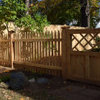
lindac
tasymo
Related Discussions
siting/sunlight question
Q
Geeky sunlight question for you lighting experts
Q
Sunlight exposure questions
Q
question on sunlight and conifers
Q
scraplollyOriginal Author
dtownjbrown
lindac
dtownjbrown
Karchita
aliska12000
faerycat
nana8
lindac
dtownjbrown
oldroser
scorpiohorizon
lindac
dtownjbrown
dtownjbrown
scraplollyOriginal Author
faerycat
sweet_melissa
covella
covella
gardenfanatic2003